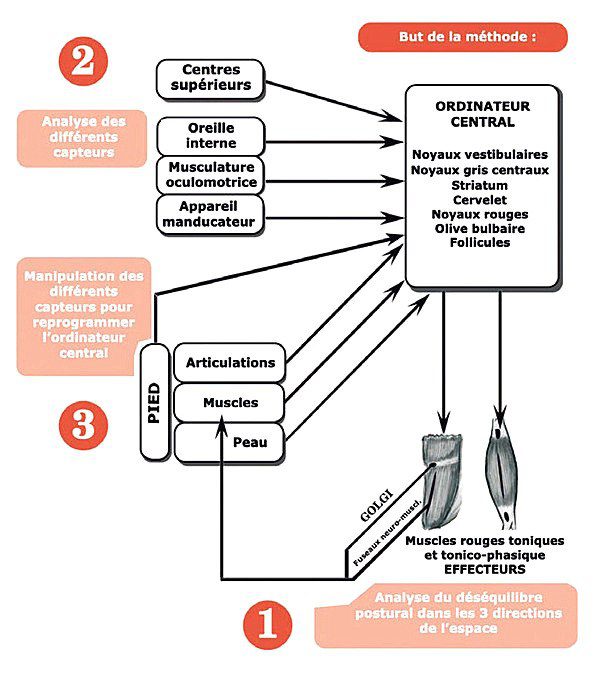Our body posture can influence a lot of things about our health, good and bad. Its dysfunction can cause discomfort which leads to potentially great deals of pain and impaired movement. There are specific tests in regards to this which can show us which specialist we should visit with our issue. Once the osteopaths and posturologists gather the information they need, they’re then able to objectify the problem, resolve osteopathic lesions and even reprogram the sensors to relieve the musculoskeletal system.
To learn more, keep reading the article by Jean-Marc Duplain.
In Froideville, on the outskirts of Lausanne, the osteopath and posturologist Jean-Marc Duplain has his practice and his osteopathy clinic. Explained, he treats both children and adults preventively, in emergencies or even for chronic pain. The practice has the particularity of being also a clinic and a center of excellence, with four professionals with two specialties: Osteopathy and Clinical Posturology. A dentist trained in posturological dentistry completes the team and brings his expertise in this field, still often unknown to the public.
Today, there are numerous scientific works that show that the body posture system has various sensors whose dysfunction can cause discomfort that manifests itself as pain of various kinds, as Jean-Marc Duplain explains: “For example, dysfunctions of the jaw (masticatory system sensor) can be corrected, on the one hand by the osteopath, if they are functional lesions, or on the other hand by a posturological dentist, if it is necessary to intervene on the teeth to achieve a normalization of the temporomandibular joint by modifying the occlusal parameter. Specific tests allow us to determine which specialist must be consulted. It is important to know that a change in this sensor can lead to a change in the entire postural system, and the same is true if we work on the other sensors, i.e. the feet, the eyes, the skin or the joints. All these details can be assessed during a clinical examination called postural balance, and with this we can then find out if the patient is in a good balance or in a state of compensation. The system of sensors consists of highly proprioceptive elements that send faulty information through the nervous system to the brain, which then tries to respond in the most appropriate way to the needs of the postural system. This system adapts and creates its own balance, but will never be able to correct itself on its own.”


The consultation, as practiced by Jean-Marc Duplain, always follows a thoroughly structured pattern. After establishing a postural and osteopathic balance, he is able to use the information gathered to objectify the problem, resolve specific osteopathic lesions and, if necessary, reprogram the affected sensors to relieve the musculoskeletal system.










